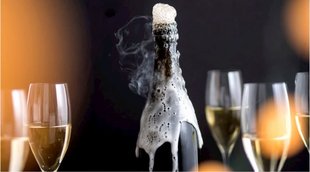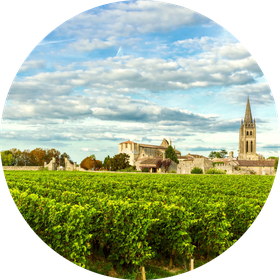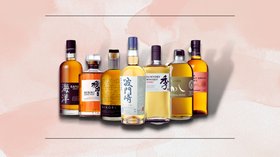Guide to Sparkling Wine: Styles, Best Bottles to Buy (2025)
Get ready to add some sparkle to your celebrations with a glass of sparkling wine!
Made by adding carbonation through a secondary fermentation process, sparkling wine is bubbly, fun, and perfect for any occasion.
While Champagne may be the first thing that comes to mind, there are plenty of other options to explore, from easy-drinking Proseccos to lively Cavas.
Whether you're sipping poolside or toasting a special occasion, a glass of sparkling wine is sure to add some extra sparkle to your day. It’s also perfect for corporate gifts!
Find out all about sparkling wine including how they’re made, the types available, the best bottles depending on the occasion, and sweetness levels.
You’ll also discover food pairing suggestions, serving tips, and if you should invest in sparkling wine and how you can do so (through Vinovest).
Further reading
- Find out how you can Invest in Fine Wine in our detailed guide.
- Whiskey more your thing? We’ve got everything you need to know about Investing in Whiskey.
How are Sparkling Wines Made?
The process is similar to the production of still wines. However, there are a few notable differences:
- Grapes are harvested earlier to achieve higher acidity levels.
- Grapes are usually harvested by hand to reduce the tannin levels and other phenolic components.
- The winery is usually close to the vineyard, so grapes can be separated from their skins as fast as possible.
Now let’s see what happens after the grapes are harvested and pressed.
Primary Fermentation
Sparkling wines go through the same process as still wines during the primary fermentation phase. However, some winemakers add special sparkling wine yeast.
Also, some sparkling wines go through malolactic fermentation while others don’t. If the goal is to make an easy-drinking and fruitier sparkler, then malolactic fermentation is skipped.
After the fermentation, the base wines are blended into a Cuvee (a wine blend).
Secondary Fermentation
After the first fermentation process, the wine goes through secondary fermentation. During this stage, the carbon dioxide is trapped in the bottle, dissolving in the wine.
When poured into a glass, the carbon dioxide is released, forming bubbles that settle on the glass imperfections. These imperfections help the carbon dioxide diffuse into the wine before it rises out of the glass as bubbles.
Five secondary fermentation methods are used depending on the winemaker’s choice:
1. The Traditional Method (Methode Champenoise or the Champagne Method)
In this method, the winemaker puts the base Cuvee in the bottle with yeast and sugar.
While in the bottle, the yeast feeds on this sugar, releasing carbon dioxide, which is trapped in the bottle. Once the fermentation ends, the winemaker removes the dead yeast (lees) while maintaining carbon dioxide levels.
Often winemakers add more wine and sugar to adjust the sweetness of the sparkling wine after the lees are removed.
2. Methode Ancestrale
In Methode Ancestrale, the dead yeast removal step is skipped. So, the sparkling wine is sold with the leftover lees sediment.
3. The Transfer Method
In the transfer method, the sparkling wine from the bottle is emptied into large tanks after secondary fermentation and dead yeast removal. The wine is then filtered in the tanks before being bottled.
4. The Charmat Method
The Charmat method (or tank method) takes place in stainless steel tanks where the wine is fermented with yeast and sugar. Once the fermentation is over, the wine is cooled, clarified, and put into the bottle.
5. The Soda Method
In this method, the winemaker injects carbon dioxide into a bottle of still wine, just as with fizzy soda drinks. In this case, the wine doesn’t go through a second fermentation, resulting in large bubbles that dissipate quickly.
This method is used on the cheapest sparkling wines. In the EU, such wines are labeled “aerated sparkling wine” and “obtained by adding carbon dioxide.”
17 Types of Sparkling Wine
With so many types of sparkling wines available, it's almost guaranteed there’s a perfect bottle out there for you, no matter your taste or mood. Let’s explore 17 of them:
- Champagne
- Prosecco
- Cava
- Crémant
- Sekt
- Moscato d'Asti
- Lambrusco
- California Sparkling Wine
- English Sparkling Wine
- Australian Sparkling Wine
- Portuguese Sparkling Wine
- Hungarian Sparkling Wine
- Romanian Sparkling Wine
- Canadian Sparkling Wine
- Chilean Sparkling Wine
- South African Sparkling Wine
- Saumur Mousseux
1. Champagne
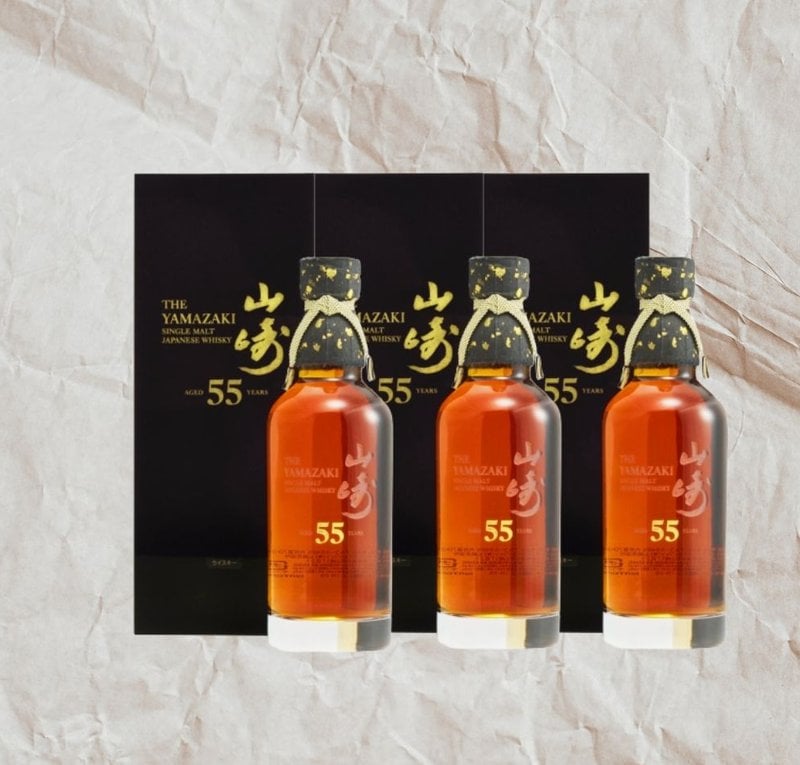
Champagne is the sparkling wine exclusively made in the Champagne region of France, accounting for 60% of France’s sparkling wine production.
The Champagne blend comprises Chardonnay, Pinot Noir, and Pinot Meunier grapes. You’ll also find Pinot Gris, Pinot Blanc, Petit Meslier, and Arbane in the blend.
The Chardonnay grapes help the wine age better, while Pinot Noir grapes add body, and Pinot Meunier brings out the rich fruity and white flower aroma.
- Best Champagne:1970 Dom Perignon P3 Plenitude Brut, Champagne, France ($4,598)
This wine replaces the previous “Oenotheque” releases. It has orange fruit, honeysuckle, and oyster aroma notes and a smoky, creamy, fruity, and mineral flavor.
2. Prosecco
Prosecco is a famous Italian sparkling wine made using the Charmat process.
It’s produced in the Veneto region with the Glera grape. It comes in both fully sparkling (spumante) and semi-sparkling (frizzante) styles.
- Best Prosecco:2014 Bisol Prosecco Valdobbiadene Superiore di Cartizze DOCG, Veneto, Italy ($80)
This elegant Prosecco has apple, pear, and peach aromas with a delightful sweetness and balanced acidity on the palate.
3. Cava
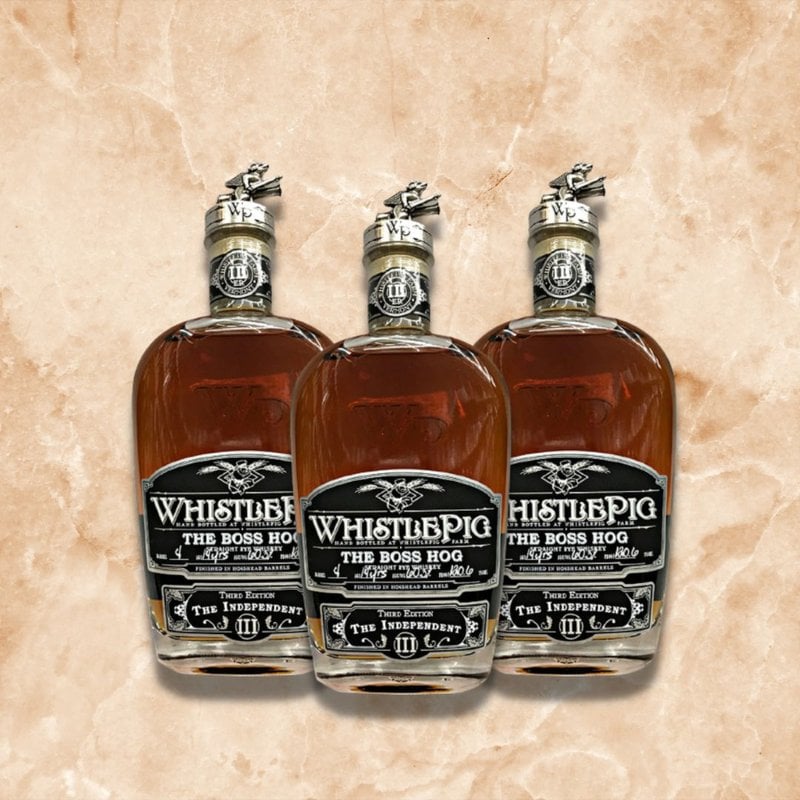
Cava is Spain's most famous sparkling wine. It is white or pink and varies in sweetness.
For a sparkling wine to have Cava on its bottle label, it has to be produced in one of the six designated Spanish appellations. Also, the secondary fermentation should be done according to the traditional method.
Cava is usually made with Pinot Noir, Chardonnay, and Parellada grapes.
- Best Cava:2006 Agusti Torello Mata Kripta Gran Reserva Cava, Catalonia, Spain ($124)
This delicious sparkling wine has a nose of toast, butter, and ripe fruit notes. The palate is fruity with caramel notes and crisp acidity.
4. Crémant
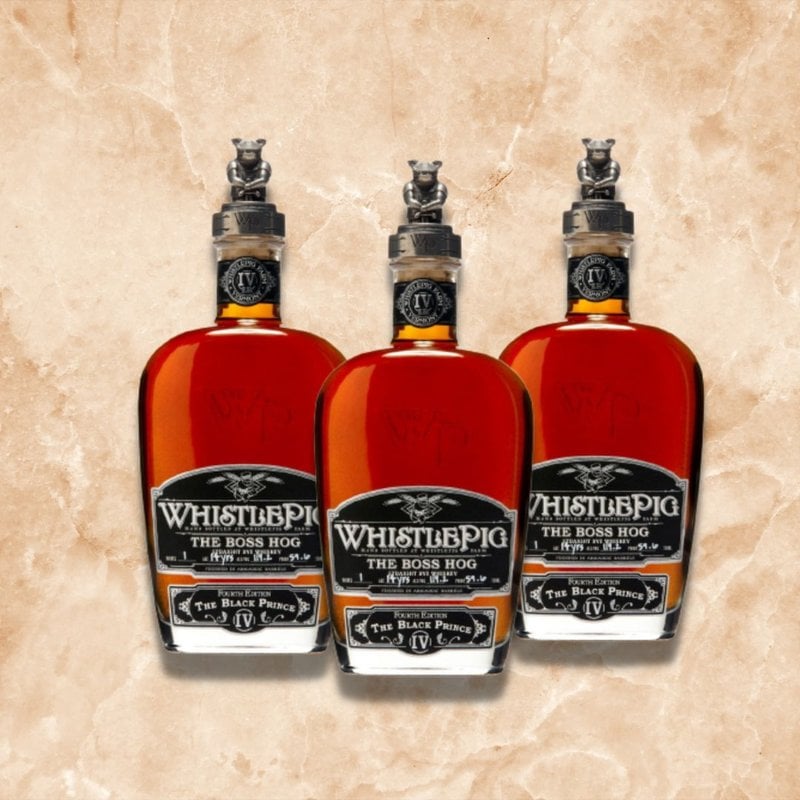
The name Crémant means creamy. The name was used for wines with lower carbon dioxide levels that were not as sparkling and gave a creamy aftertaste instead of a sharp fizzy one.
Today, many Crémant wines have higher pressure and are more bubbly, but the name remains.
They are currently produced in eight French and two Belgium appellations.
The most popular Cremant wines are:
- Crémant de Bordeaux
- Crémant de Limoux
- Crémant de Loire
- Best Cremant: 2003 Domaine de la Vougeraie 'Fete de Famille' Cremant de Bourgogne, France($58)
This sparkling wine is bright and juicy with pastry, poached apricot, and honey flavors.
5. Sekt
Sekt is German sparkling wine, and most of it is produced by the Charmat method.
Over 90% of the Sekt sparkling wine is a blend of French, Italian, and Spanish wines imported into Germany.
A similar sparkling wine called Hauersekt is produced in Austria.
- Best Sekt: 2008 Schloss Gobelsburg Sekt Vintage Extra Brut, Niederosterreich, Austria($115)
This Austrian Sekt wine has a nose of chalk and lemon notes along with honey and lemon flavor notes and creamy foam.
6. Moscato d'Asti
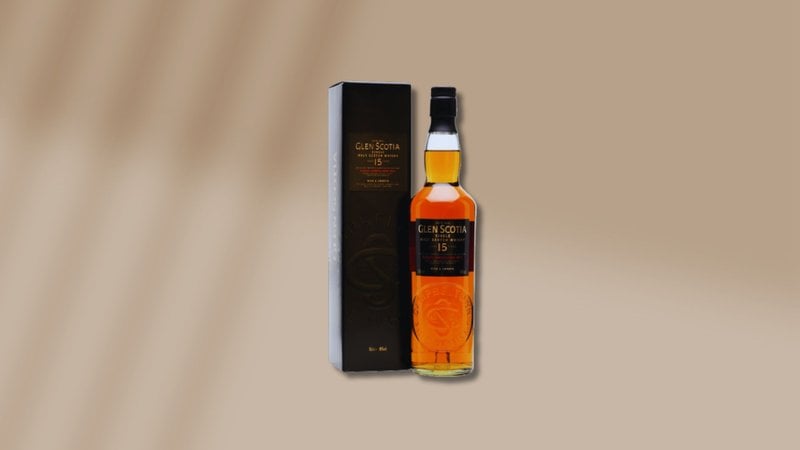
Moscato d'Asti is another famous Italian sparkling wine produced using the Charmat process. Asti wines are made from the Moscato grape varietal and are slightly sweet.
- Best Moscato d’Asti:2011 Ca' d'Gal Vite Vecchia, Moscato d'Asti DOCG, Italy ($86)
This wine has an aromatic nose that hints at sage, honey, and zesty citrus fruits. On the palate, you can taste candied orange blossom notes.
7. Lambrusco
This is a lightly sparkling Italian wine made from the Lambrusco grape. Emilia Romagna and Lombardy regions are the primary producers.
Of the over 60 types of Lambrusco grape, Lambrusco Salamino, Maestri, di Sorbara, and Grasparossa are considered the highest quality.
- Best Lambrusco: 2016 Cantina della Volta Rose Brut Lambrusco di Sorbara, Emilia-Romagna, Italy($21)
This Lambrusco wine has hints of berries, cream, and pepper on the nose. The palate has flavors of fruit, biscuit, and bread.
8. California Sparkling Wine

Most American sparkling wine is produced in California, primarily in Napa Valley and Sonoma County.
The traditional Champagne blend of Chardonnay, Pinot Noir, and Pinot Meunier is used often. However, the regulations are not as strict as in Europe.
American sparkling wine can age from eight months to six years, and the blend is not as rich. The grape varietal mix rarely exceeds 20 and is made from only 1-2 vintages.
- Best California Sparking Wine: 2012 Domaine Carneros by Taittinger Le Reve Blanc de Blancs Sparkling Brut, Napa Valley, United States($120)
This 2012 Domaine Carneros vintage is made with Chardonnay grapes and has delicious green apple, lemon, and nectarine aromas. The palate has rich pineapple and creme brulee flavors.
9. English Sparkling Wine

The English sparkling wine production from local grapes started in the 1960s. The most planted grapes for sparkling wine are the traditional Chardonnay, Pinot Noir, and Pinot Meunier.
- Best English Sparkling Wine:2010 Nyetimber 1086 Sparkling, Sussex, England ($170)
Here is a sparkling wine with candied lemon on the nose accompanied by yellow apple and crisp lemon flavors followed by a creamy mouthfeel.
10. Australian Sparkling Wine
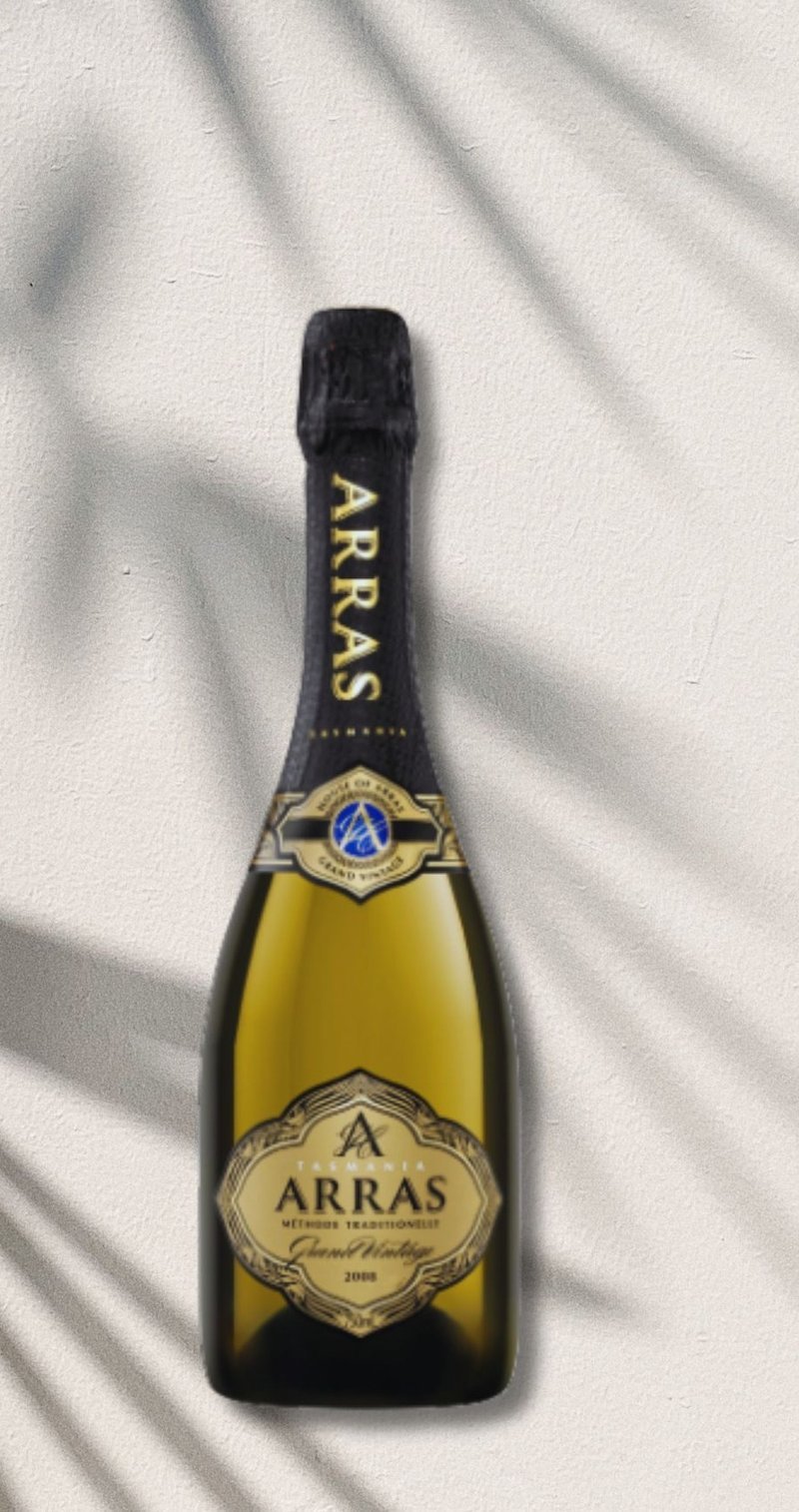
Tasmania is the center of Australian sparkling wine production, especially Shiraz. This sparkling red wine is usually sweet, tannic, and full-bodied.
- Best Australian Sparkling Wine: 2008 House of Arras Grand Vintage Sparkling, Tasmania, Australia($63)
This award-winning sparkling wine has honeycomb, nougat, and sourdough aromas. And the palate is rich in tart flavors like lemon curd and brine notes.
11. Portuguese Sparkling Wine
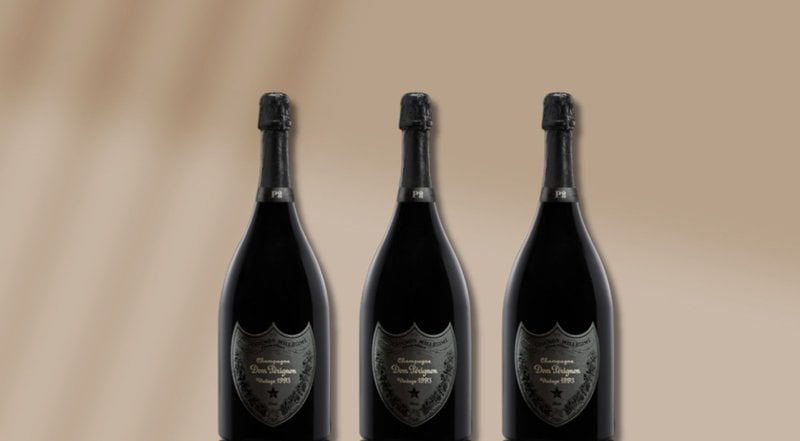
Espumante is the traditional Portuguese sparkling wine produced only in DOC Bairrada.
To qualify as quality Espumante wine, it should go through the traditional method of secondary fermentation and have the stamp of VEQPRD certification.
- Best Portuguese Sparkling Wine: 2014 Adega de Cantanhede Marques de Marialva Baga Cuvee Bruto, Bairrada, Portugal($31)
Here is a sparkling wine with notes of citrus, pineapple, apple, and brioche aromas. The palate is vibrant with a mild finish.
12. Hungarian Sparkling Wine
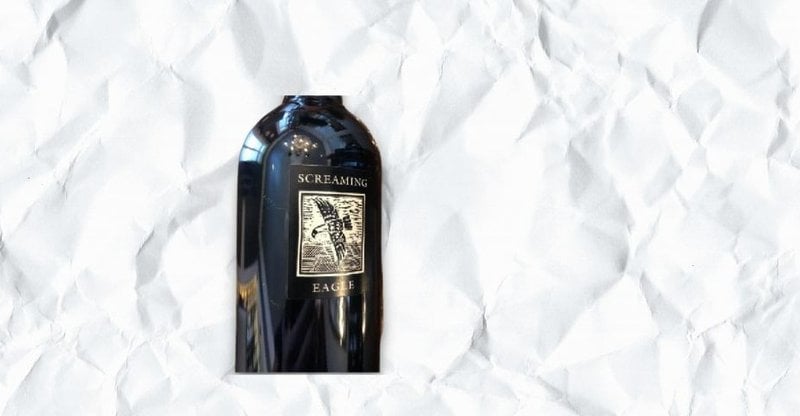
The making of Hungarian sparkling wine called Pezsgő dates back to the 19th century.
Nowadays, most pezsgő wines are made according to the Charmant method and contain a blend of Riesling, Chardonnay, Pinot Noir, and other local grape varieties.
- Best Hungarian Sparkling Wine: 2015 Sauska Rose Extra Brut Vintage, Tokaj, Hungary ($36)
This Hungarian wine offers a delicious aroma of red berries with notes of cherry, rosehip and white tea on the palette.
13. Romanian Sparkling Wine
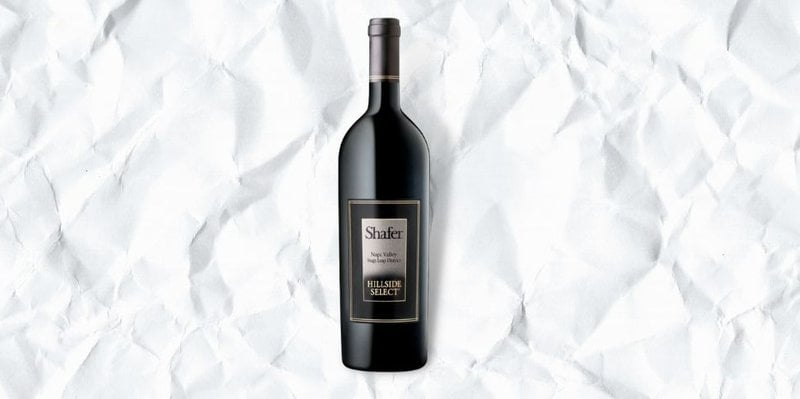
The sparkling wine in Romania is made in two key regions - Panciu and Azuga. They’re usually made from Chardonnay and other Romanian grape varieties.
- Best Romanian Sparkling Wine: NV Carastelec 'Carassia' Brut Rose, Transylvania, Romania($80)
The Carastelec brut rose has a salmon hue with fresh strawberry and raspberry aromas. The palate has intense fruitiness and a creamy and elegant finish.
14. Canadian Sparkling Wine
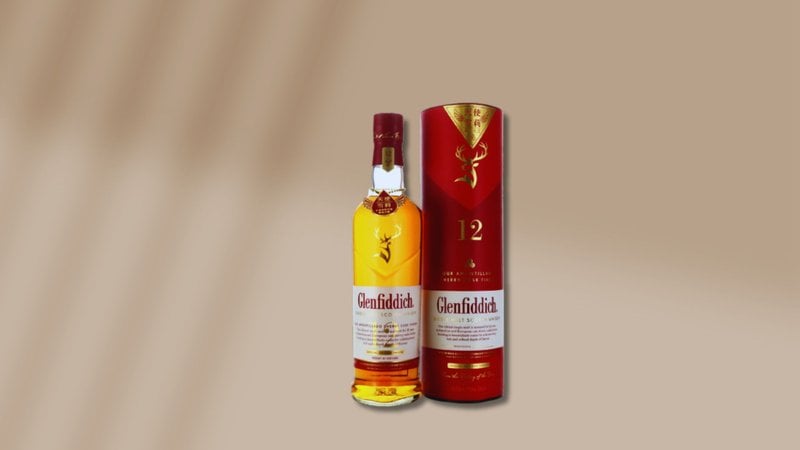
The Niagara Peninsula in Ontario is the largest wine-growing region — most grape varietals used for Canadian sparkling wine come from there.
Typically, this wine is a blend of Riesling, Chardonnay, Pinot Noir, and Gamay grapes.
- Best Canadian Sparkling Wine:2015 Henry of Pelham Cuvee Catharine Carte Blanche Blanc de Blanc Sparkling($72)
Here is a zesty sparkling wine with notes of baked bread and green apple on the nose and lemon drop and apple pie notes on the palate.
15. Chilean Sparkling Wine

Chilean sparkling wines are not as popular, but there are some unique options.
Although there are some cheaper sparkling wines, you can find some very high-quality ones made from Pinot and Chardonnay. You may even stumble upon Pinot grapes blended with strawberry pulp.
- Best Chilean Sparkling Wine: Emiliana Organic Sparkling Brut, Casablanca Valley, Chile($14)
This sparkling wine has lemongrass and lime zest aroma notes together with strawberry and ripe apple flavors.
16. South African Sparkling Wine
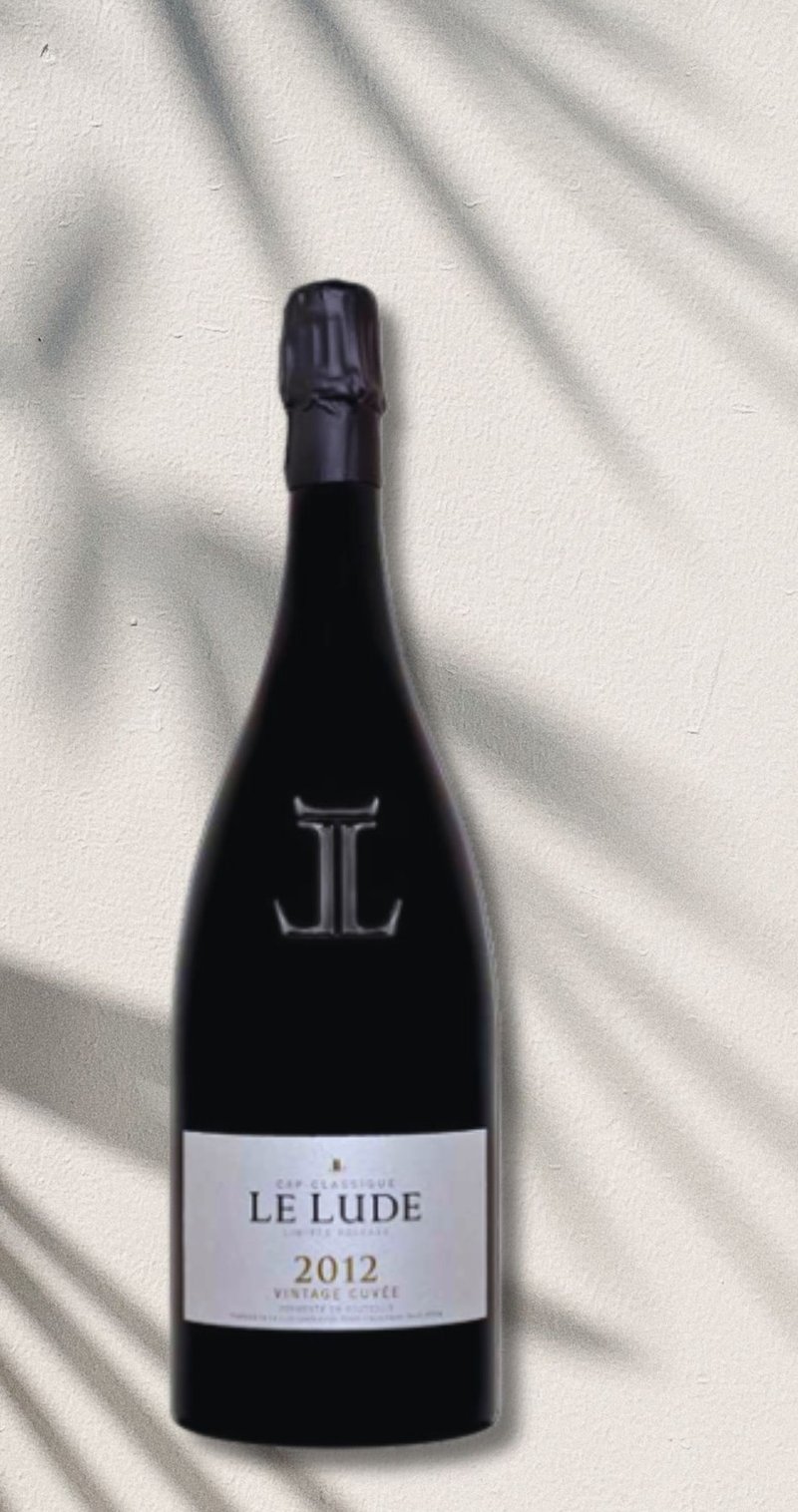
The best South African sparkling wines are made according to the Méthode Cap Classique (MCC), which is the traditional method of secondary fermentation.
The most popular wine blend is a mix of Pinot Noir and Chardonnay, but some winemakers use local grape varietals too. The sparkling wine is fruity and resembles the wines produced in the Champagne region since the climates are very similar.
- Best South African Sparkling Wine: 2012 Le Lude MCC - Methode Cap Classique Vintage, Franschhoek Valley, South Africa($80)
This elegant sparkling wine offers aromatic white citrus and yellow orchard fruit notes accompanied by hints of lemon and fruit flavors.
17. Saumur Mousseux
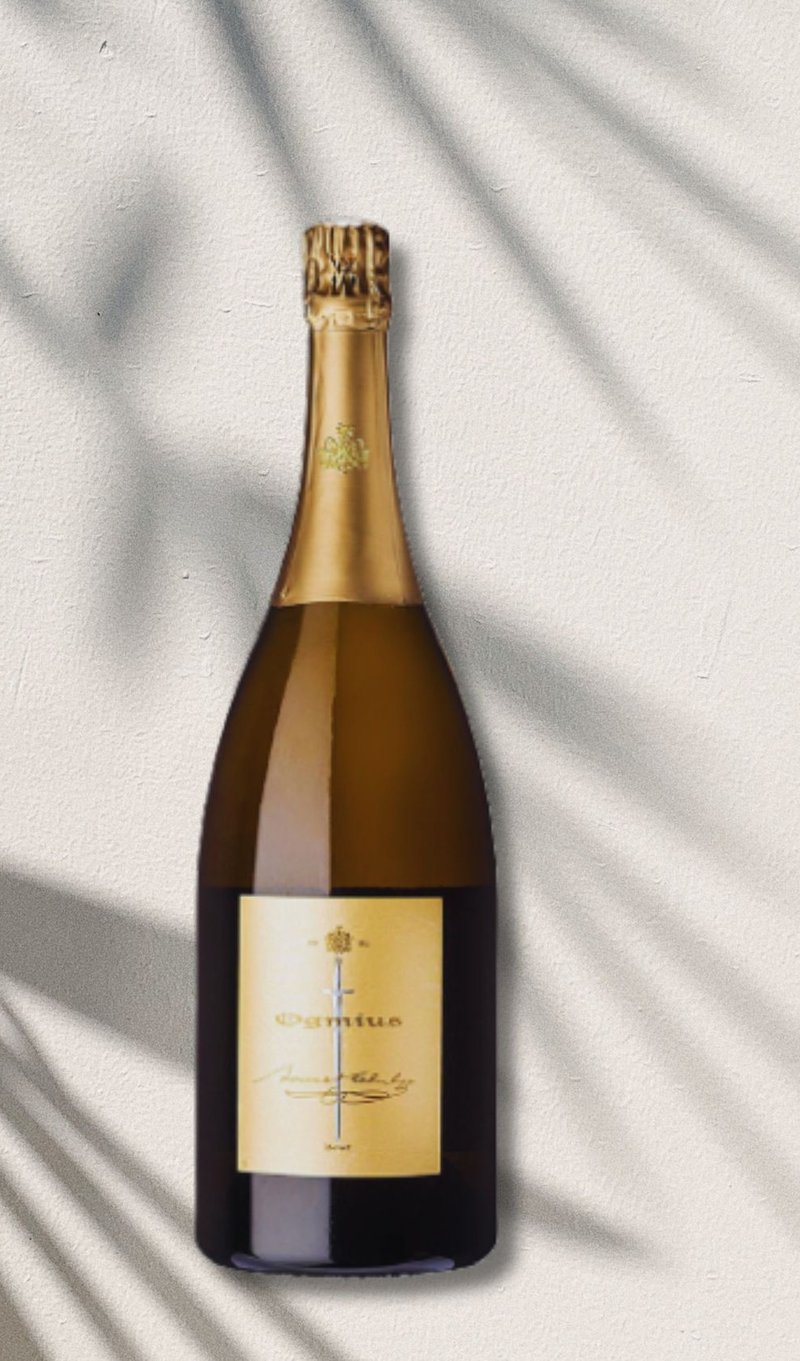
Saumur Mousseux is a sparkling wine produced in the Loire Valley region of France using the traditional method, which involves a second fermentation in the bottle. It’s made predominantly from Chenin Blanc grapes along with Chardonnay and Sauvignon Blanc grapes.
- Best Saumur Mousseux: 2015 Bouvet-Ladubay Saumur Brut Ogmius, Loire, France ($66)
Made with Chenin Blanc and Chardonnay grapes, this delicious sparkling wine from Loire Valley has savory citrus and white almond aromas. The palate has lively acidity and a long finish.
Sparkling wine is typically white or Rosé, but there are also some red varieties. And if you don’t like too many bubbles in your glass, you can try the semi-sparkling type.
Let’s explore the sparkling wine types in more detail.
Types Of Sparkling Wine Based on Amount of Fizz
Sparkling wine can be categorized based on the level of carbonation, ranging from lightly effervescent to highly fizzy, each offering a unique drinking experience.
- Semi Sparkling Wine: Semi-sparkling wine has 1-2.5 atmospheres of pressure. The Italian Frizzante, French Pétillant, and German Spritzig wines are fine examples of semi-sparkling wines.
- Fully Sparkling Wine: Fully sparkling wine has 5-6 atmospheres of pressure - nearly twice that of an automobile tire! Italian spumante and French Champagne are some sought-after fully-sparkling wines.
Types Of Sparkling Wine Based on Color
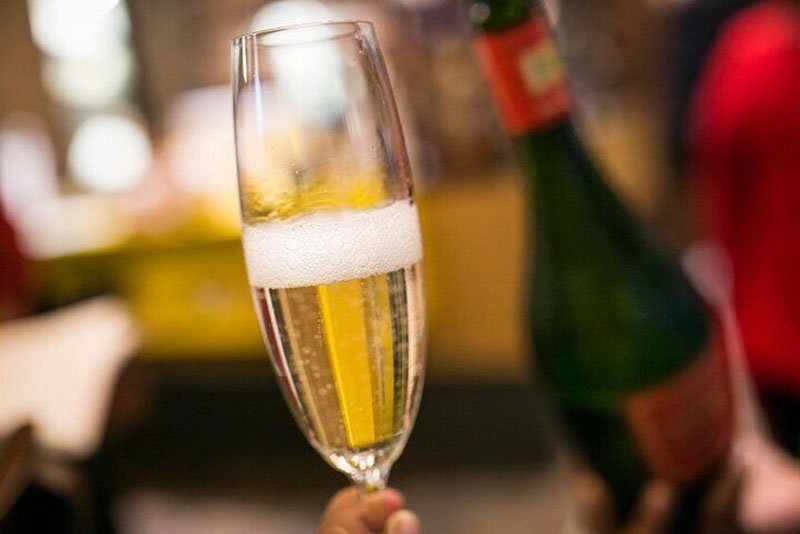
Sparkling wines can be red, rose, or white, depending on the grapes and the maceration period.
- Red sparkling wine: Red sparkling wines like the Italian Lambrusco and Brachetto d’Acqui are made with red wine grapes without removing their skins, which tints the wine red.
- Rose Sparkling Wine: Rose sparkling wines are produced from either limited maceration of red wine grapes or blending white wine with a red one before the secondary fermentation. Sparkling Rosé wines are produced across the globe - in France, the US, South Africa, and Italy.
- White Sparkling Wine:White sparkling wines like Blanc de Blancs and Blanc de Noirs are either produced from white grapes or by fermenting red grapes without skins.
Blanc de Blancs (white from whites) are white sparkling wines made from white grapes (primarily Chardonnay), and Blanc de Noirs are white sparklers made from red grapes (like Pinot Noir and Pinot Meunier.)
Sweetness Levels of Sparkling Wines
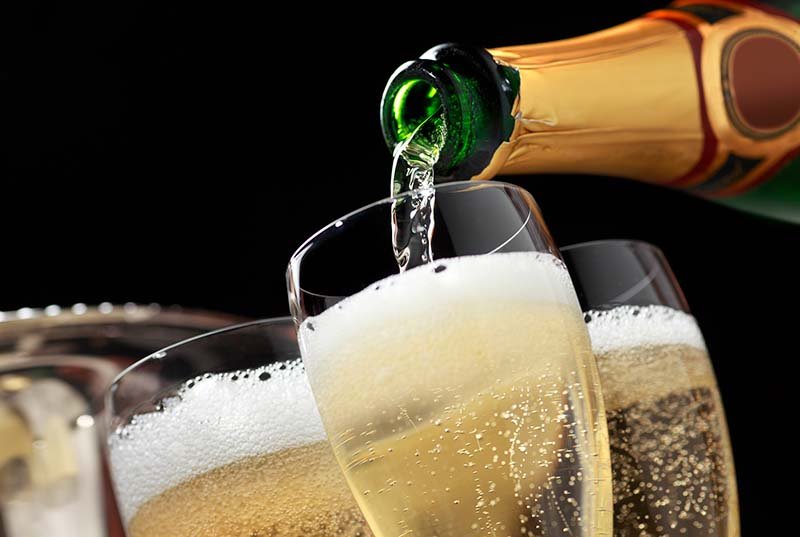
Sparkling wines have different levels of sweetness. Wine producers usually add some sugar after the secondary fermentation.
Depending on the residual sugar, sparkling wine has seven different sweetness levels:
1. Brut Nature or Brut Zero
This is a type of dry champagne with no added sugar during the production process, resulting in a crisp, low-sugar taste. It has 0-3g residual sugar per liter.
- Best Brut Nature Sparkling Wine: 2017 Domaine Aurelien Lurquin 'Les Crayeres du Levant' Meunier Brut Zero, Champagne, France ($369)
2. Extra Brut
This is the driest type of sparkling wine, offering a crisp and refreshing taste. It has about 3-6g residual sugar per liter.
- Best Extra Brut Sparkling Wine: Jerome Prevost La Closerie Fac-Simile Extra Brut Rose, Champagne, France ($696)
3. Brut
Brut sparkling wine is a type of dry sparkling wine that contains low levels of residual sugar, typically 6-12g per liter.
- Best Brut Sparkling Wine: 2018 Willamette Valley Vineyards Methode Champenoise Brut, Willamette Valley, USA ($45)
4. Extra Dry (or Extra-Sec)
Extra Dry (or Extra-Sec) sparkling wine is a type of sparkling wine that is slightly sweeter than Brut, with a residual sugar content of 12-20g per liter.
- Best Extra Dry Sparkling Wine: NV Louis de Sacy Cuvee Tentation Extra Dry, Champagne, France ($42)
5. Dry (or Sec)
This is a style of sparkling wine that contains minimal residual sugar, resulting in a crisp and refreshing taste with a dry finish. It has about 17-35g residual sugar per liter.
- Best Dry Sparkling Wine: Taittinger Nocturne Sec, Champagne, France ($57)
6. Demi-Sec
This sweet sparkling wine contains more residual sugar than other types, such as Brut or Extra Brut. It can have about 33-50g residual sugar per liter.
- Best Demi-Sec Sparkling Wine: Armand de Brignac Ace of Spades Demi-Sec, Champagne, France ($396)
7. Doux
Doux is a type of sparkling wine with the highest level of sweetness, containing more than 50g of residual sugar per liter.
- Best Doux Sparkling Wine: Doyard La Libertine Doux, Champagne, France ($195)
Now that you know the best sparkling wines to try, it's time to discover which foods to pair them with based on your preferences.
Food Pairings with Sparkling Wines
Sparkling wine complements rich, greasy, fried, or spicy foods as it balances heavy flavors and cleanses the palate between bites. It is often referred to as the "scrubbing bubbles" for its ability to refresh the taste buds.
Try these food pairing suggestions with your next glass of bubbly wine:
- Appetizers: Truffle popcorn, fried mushrooms, prosciutto-wrapped finger food, egg rolls, and duck-fat French fries
- Seafood: Crab, shrimp, smoked salmon, sushi, lobster, and raw oysters
- Poultry and meat: Fried chicken, roast chicken, lamb, foie gras, ribs, salami, and duck.
- Cheese: Cheddar, Brie, Goat, Gouda, and Parmesan
- Desserts: Fruit-based desserts, fruity tarts, shortbread cookies, salted caramel, and cheesecake
Best Sparkling Wines For Different Occasions
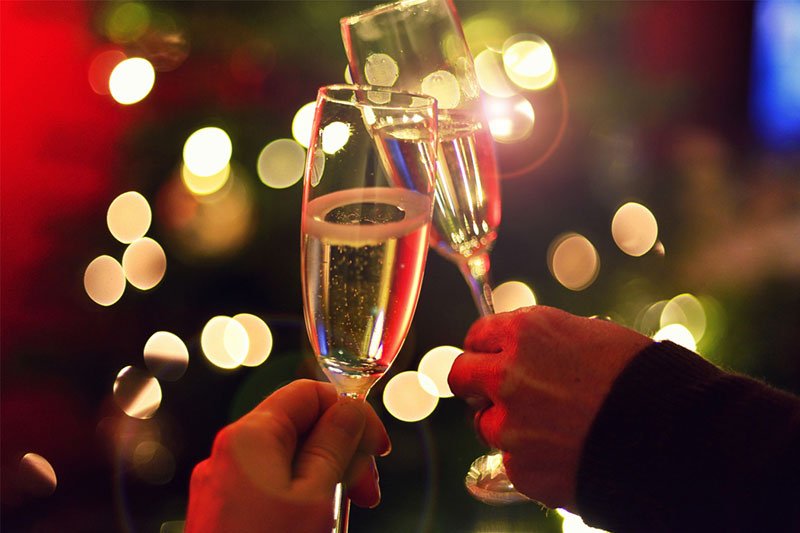
Whether you're celebrating a special occasion, enjoying a weekend brunch, or simply want to unwind after a long day, there's a bubbly wine that's perfect for every moment.
Here are some of the best sparkling wines to suit different occasions:
Summer Sparkling Wines
- NV Faire La Fete Cremant de Limoux Brut, Languedoc-Roussillon, France ($20)
- 2015 Domaine Carneros by Taittinger Brut Cuvee, Napa Valley, USA ($60)
Affordable Sparkling Wines
- La Marca San Nicola Extra-Dry, Prosecco di Conegliano-Valdobbiadene Superiore DOCG, Italy ($12)
- Yellow Tail Bubbles Rose, South Eastern Australia ($10)
Luxury Sparkling Wines
- Veuve Clicquot Ponsardin Brut Yellowboam Alligator Skin, Champagne, France ($581)
- 2002 Louis Roederer Cristal 'Gold Medalion' Orfevres Limited Edition Brut Millesime, Champagne, France ($4,988)
Unique And Lesser-Known Sparkling Wines
- 2017 Podere Pradarolo 'Velius' Metodo Classico Rose Brut, Emilia-Romagna, Italy ($22)
- 2020 La Prova Barbera Pet-Nat Rose, Adelaide Hills, Australia ($34)
Tips For Serving Sparkling Wine
Impress guests with these tips for serving your sparkling wine bottle:
- Ideal Serving Temperature: Chill sparkling wine for around 30 minutes in ice water or up to 3 hours in the refrigerator before serving.
- Proper Glassware: Opt for slender flute or tulip-shaped glasses to preserve the bubbles.
- How to Safely Open a Bottle: Loosen the cage while keeping your thumb on the cork. Then, hold the bottle at a 45° angle and twist it in one direction (not the cork). Keep your thumb firmly on the cork until the pressure inside the bottle gently pops out the cork.
- Storage: Store your sparkling wine bottles at 50-55 degrees Fahrenheit.
A Brief History Of Sparkling Wine
Effervescence in wine has been observed since 4000 BC in ancient Greece and Rome. However, people didn’t understand the formation of bubbles and believed that spirits had something to do with it.
The most famous legend of the invention of sparkling wine dates back to the 1600s. It is believed that the monk Dom Pérignon who lived in Champagne, France bottled his wine when the fermentation was interrupted due to low temperatures. This prevented the wine from fermenting completely.
When the temperatures rose, the yeast continued to ferment the wine in the bottle. So, the carbon dioxide couldn't escape and created bubbles in the wine.
The wine's high pressure caused many of the bottles to burst.
Many winemakers wore iron masks until the 18th century since bottles would pop often and cause a chain reaction in their cellars.
When the French started shipping sparkling wine to England, the English decided to put it in thicker bottles with corks to prevent such “explosions.” Sparkling wine is still bottled this way as it remains the safest and most reliable preservation method.
Whether you're a seasoned wine collector or a curious beginner, the question of whether sparkling wine is a worthwhile investment may have crossed your mind. Let’s explore.
Is Sparkling Wine Investment Worthy?
Some sparkling wines, particularly from a luxury wine brand, can be a lucrative investment option.
These wines are produced in small numbers, have good aging potential, and tend to appreciate over time.
For example, between 2021 and 2023:
- The 1990 Dom Perignon P3 Plenitude Brut rose from $3,628 to $4,728, a 30% increase.
- The 2002 Louis Roederer Cristal 'Gold Medalion' Orfevres Limited Edition Brut Millesime stayed steady in price only showing a 9% increase (rising from $4,023 to $4,389).
Some of these sparkling wines also perform well at the auctions. For instance, in 2023:
- 6 bottles of the 2008 Louis Roederer Cristal sold for over $2,000 at a Christie’s auction.
- A single bottle of the 1874 Perrier-Jouët Brut Millésimé sold for about $56,800 at a Christie’s auction.
Keen to hop on this wine club bandwagon and invest in bottles of coveted sparkling wine?
The easiest way is to sign up with Vinovest.
Invest in Luxury Sparkling Wines through Vinovest
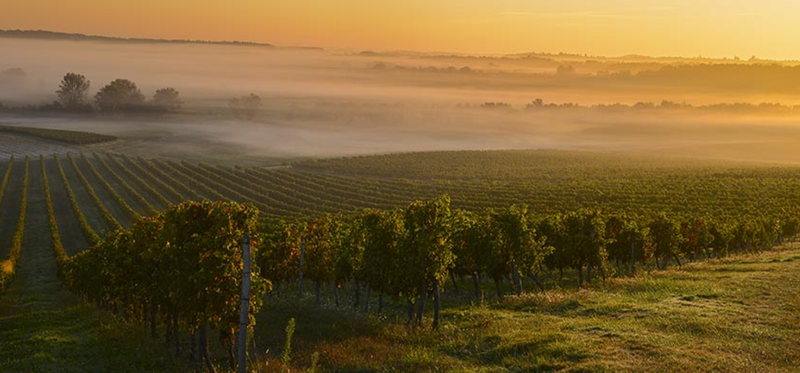
Vinovest is an investment platform that enables you to buy, store, and sell fine wine from anywhere in the world, be it New York, the United States or Queenstown, New Zealand.
Best part?
You don’t have to worry about anything. Vinovest will:
- Curate a collection of wines based on your finances and preferences with AI and Master Sommeliers
- Offer only the best prices directly from winemakers, wineries, and trusted merchants
- Trace your wine’s provenance to ensure it’s authentic
- Store your wines under optimal temperature, humidity, light, and vibration conditions in bonded warehouses
- Monitor your wines 24/7 and offer a full insurance policy ensuring their safety.
- Deliver your wine anywhere you want, even handling the shipping and insurance.
Sounds like a dream?
All you need to get started is:
- Sign up on the Vinovest website and enter your personal information.
- Fill out a form with your risk appetite and investing style.
- Add a minimum of $1,000 to your account.
- Pour a glass of wine and watch your portfolio grow!
Now all you have to do is decide whether to add a coveted sparkling wine to your collection or not!
